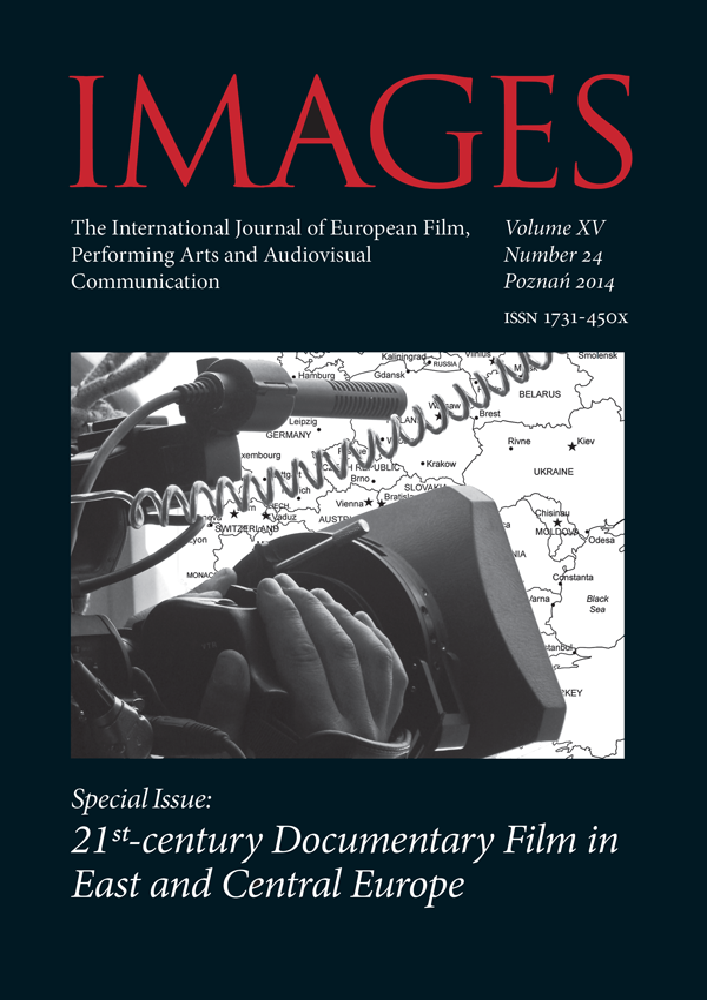Abstrakt
This paper presents the films of three Slovak contemporary documentary filmmakers of the younger generation from a rhetorical and poetic perspective. Through their authorial films, Peter Kerekes, Marko Skop and Juraj Lehotsky call into question the widespread conception of documentary as recorded reality. Meanwhile, Peter Kerekes uses metaphor in a sophisticated way to structure his film Cooking History (2009), and presents various analogies between war and food, and cooking and historiography, Marko Skop uses more subtle figures to creatively treat the actuality. In Osadne, uses spatial metaphors and a large number of symbols to represent the small Slovak village of Osadne within the European Union. He also transforms a seemingly linear narration into a thread of analepses and prolepses. Finally, Juraj Lehotsky in his Blind Loves involves fiction in actuality, by representing his own ideas of blind peoples’ visions and fantasies, creating a metaleptical documentary chronotope. In accordance with George Lakoff and Mark Johnson’s cognitive theory of meaning, the paper presents metaphor, but also other figures and tropes as means that help to understand one kind of experience in terms of another kind of experience. At the same time, the paper demonstrates that metaphorical, but also metonymical and meta- leptical thinking by the filmmaker transforms recorded reality and provides a new, personal outlook on the world - an outlook that the spectator can not only understand, but sometimes even adopt.
Bibliografia
G. Lakoff , M. Johnson, Metaphors We Live By, University of Chicago Press, Chicago 2003, p. 147.
A. Bazin, “Montage interdit”, in: Qu’est-ce que le cinéma?, Éditions du Cerf, Paris 1985, pp. 46–61.
F. Casetti, Theories of Cinema, 1945–1990, University of Texas Press, Austin 1999, p. 88.
B. Nichols, Introduction to Documentary, Indiana University Press, Bloomington 2010.
P. Veyne, Comment on écrit l’histoire, Paris 1971.
P. Veyne, Writing History: Essay on Epistemology, Manchester 1984.
P. Fontanier, Des figures du discours, Maire-Nyon, Paris 1977
G. Genette, Metalepsa, Kalligram, Bratislava 2005.
Licencja
Copyright
© 2014 Uniwersytet im. Adama Mickiewicza w Poznaniu
OPEN ACCESS
